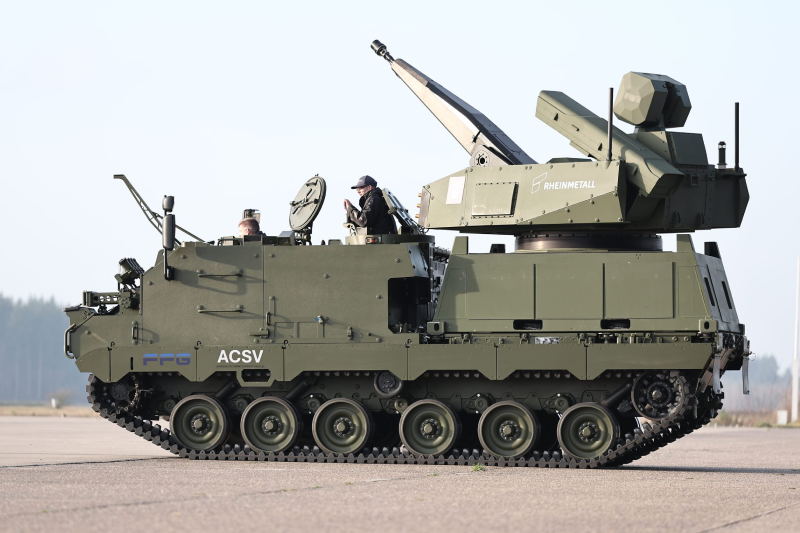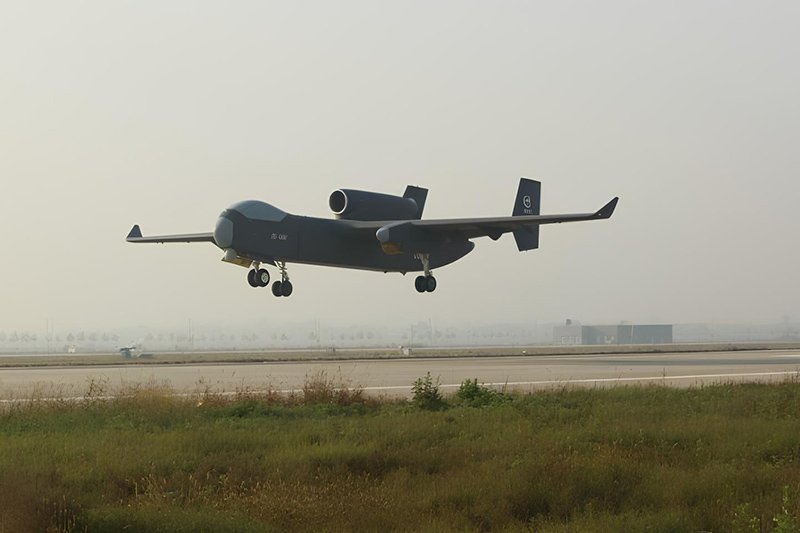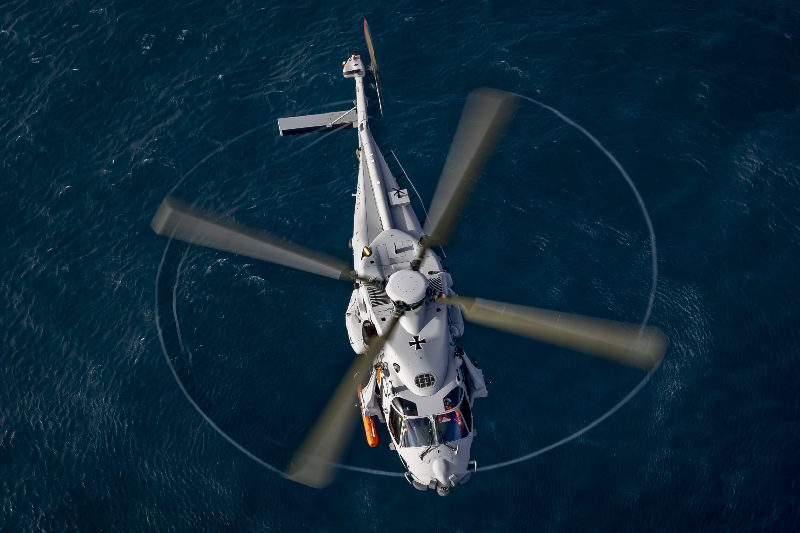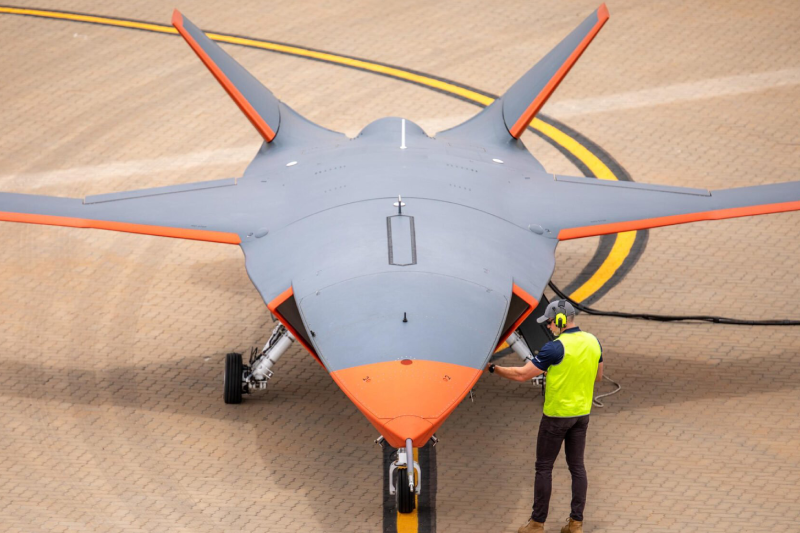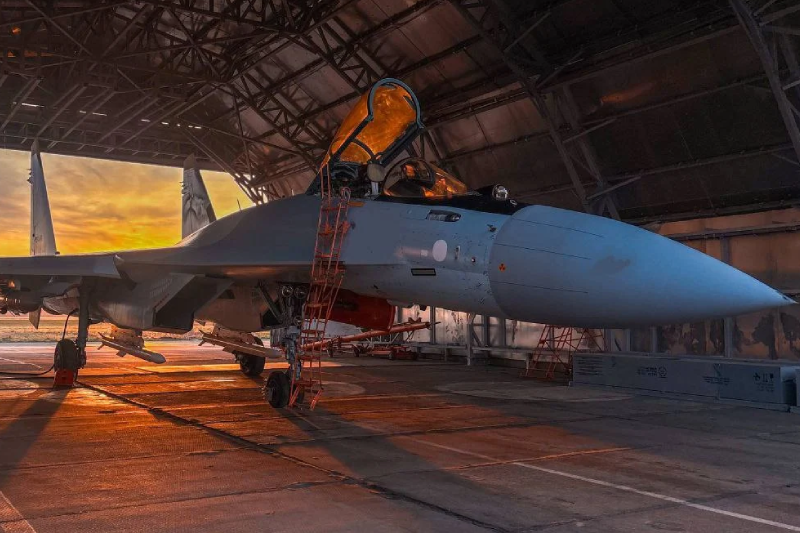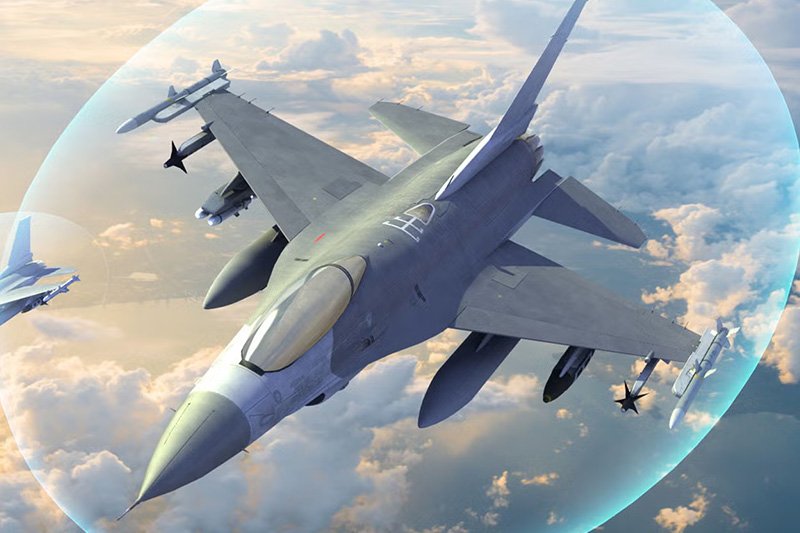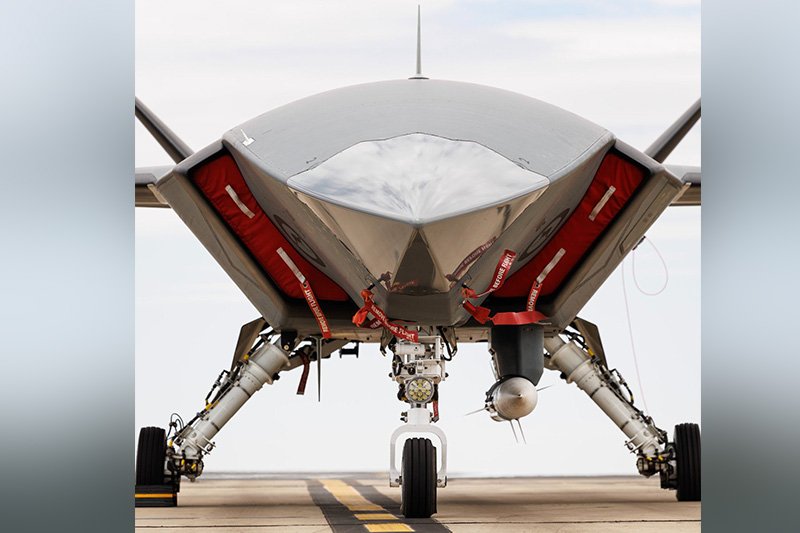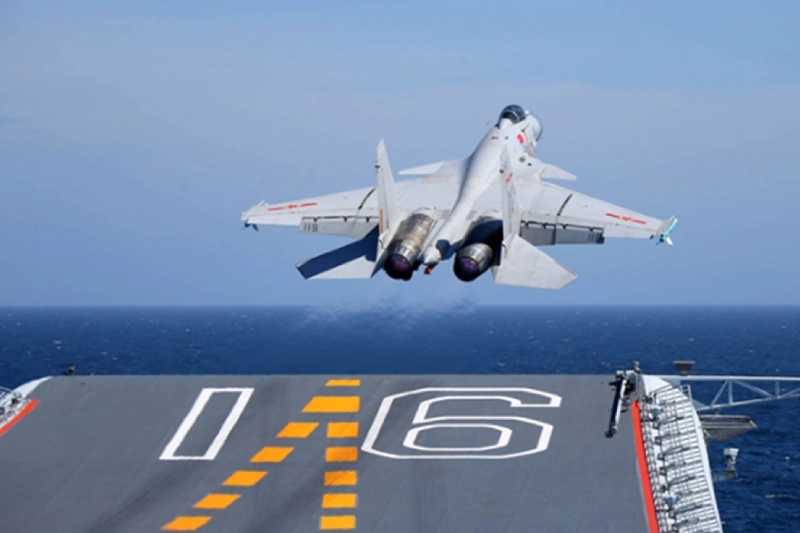China Releases Footage Of J-15s Expelling Foreign Jets
Chinese naval aviation capabilities demonstrated their operational readiness when J-15 fighter jets launched from the Liaoning aircraft carrier successfully intercepted foreign military aircraft in the Western Pacific. This incident, documented by Chinese official media, highlights the growing presence and assertiveness of Chinese naval forces in strategically important maritime regions while showcasing advanced carrier-based aviation operations under challenging conditions.
Threat Response Overview
The Liaoning aircraft carrier group encountered four foreign fighter jets approaching their formation during routine operations in the Western Pacific. The command center aboard the Liaoning assessed these aircraft as potentially simulating attack patterns against the Chinese naval formation, prompting immediate defensive measures according to China Central Television (CCTV) News reporting.
Chinese military officials characterized the foreign aircraft approach as creating safety risks to naval operations, while emphasizing that their response followed legitimate defense protocols. The incident demonstrates the complex nature of modern naval operations where military forces from different nations operate in close proximity within international waters.
Weather Tests Operations
The intercept mission occurred during particularly adverse weather conditions, with the Western Pacific region experiencing heavy rainfall and strong atmospheric convection. These challenging environmental factors significantly impacted visibility and created operational uncertainties for both airborne equipment performance and pilot navigation capabilities.
Despite the severe weather limitations, J-15 fighter jets successfully launched from the Liaoning aircraft carrier while armed with live missiles. The pilots demonstrated exceptional skill by conducting emergency sorties under conditions that dramatically reduced landing opportunity windows and increased operational complexity throughout the mission.
Professional Tactical Execution Under Pressure
The J-15 fighter jets reached their designated intercept area and performed comprehensive tactical maneuvers designed to effectively expel the foreign aircraft from the vicinity of the Chinese naval formation. The successful completion of these maneuvers under challenging weather conditions showcases the advanced training and operational readiness of Chinese naval aviation forces.
Song Zhongping, a Chinese military affairs expert, confirmed that aircraft carriers possess inherent rights to protect themselves through intercepting close approaches by foreign military aircraft. This legal framework supports the legitimacy of the Chinese response while maintaining international maritime law compliance.
Proven All-Weather Performance
The mission successfully demonstrated that Chinese aircraft carriers maintain all-weather operational capabilities, reflecting advanced engineering design and comprehensive crew training programs. Song Zhongping emphasized that the Liaoning’s ability to conduct combat operations under adverse conditions proves the high skill level and strong combat capabilities of PLA sailors and naval aviators.
The challenging weather conditions that restricted visibility and equipment performance actually provided an excellent opportunity to validate the carrier group’s operational readiness under realistic combat scenarios. This real-world testing confirms the effectiveness of Chinese naval aviation training programs and equipment reliability.
Strategic Implications for Western Pacific Operations
The incident reflects significant changes in Western Pacific maritime dynamics, where Chinese naval forces now operate alongside traditional regional powers. Ke Xuelong, a member of the PLA Navy’s carrier-borne aviation force, noted that foreign forces operated alone in this region for decades, but today Chinese forces can compete effectively in the same operational areas.
This shift represents a fundamental change in regional naval balance, with Chinese aircraft carrier operations demonstrating sustained presence capabilities rather than temporary deployments. The ability to conduct complex aviation operations under challenging conditions validates Chinese naval modernization efforts and strategic planning.
Advanced Carrier Aviation Technology Integration
The J-15 fighter jets demonstrated seamless integration with Liaoning aircraft carrier systems during the emergency response mission. This operational compatibility reflects sophisticated engineering achievements in carrier-based aviation technology, including launch and recovery systems, aircraft maintenance capabilities, and integrated command and control systems.
The successful mission completion under adverse weather conditions validates the reliability of Chinese carrier aviation technology while demonstrating pilot proficiency in complex operational scenarios. These capabilities prove essential for sustained naval operations in contested maritime environments.
Regional Security
Hou Haipeng, another PLA Navy carrier-borne aviation force member, emphasized Chinese military determination regardless of enemy strength or situational complexity. This statement reflects growing confidence in Chinese naval capabilities and willingness to assert maritime rights in strategically important regions.
The incident demonstrates how modern naval operations require rapid response capabilities and professional execution under uncertain conditions. Chinese naval forces showed they can effectively respond to potential threats while maintaining operational discipline and international law compliance.
Also read this: China Nears Three-Carrier Era As Fujian Readies For Launch
Future Naval Aviation Development Trajectory
The successful intercept mission provides valuable operational data for continued Chinese naval aviation development and training programs. Real-world scenarios like this incident offer insights that cannot be replicated through simulated training exercises, contributing to enhanced operational readiness and tactical refinement.
The Liaoning aircraft carrier group’s demonstrated capabilities in the Western Pacific signal China’s commitment to maintaining permanent naval presence in strategically important maritime regions. This operational approach reflects long-term strategic planning and substantial investment in naval modernization programs.
The documented intercept mission represents more than a single operational success it demonstrates China’s evolving naval capabilities and growing confidence in projecting power within the Western Pacific maritime domain through advanced carrier-based aviation operations.
Keep connected with us at Facebook, Twitter, YouTube, Instagram & TikTok for latest defense happening around the globe.
Discover more from International Defence Analysis
Subscribe to get the latest posts sent to your email.


